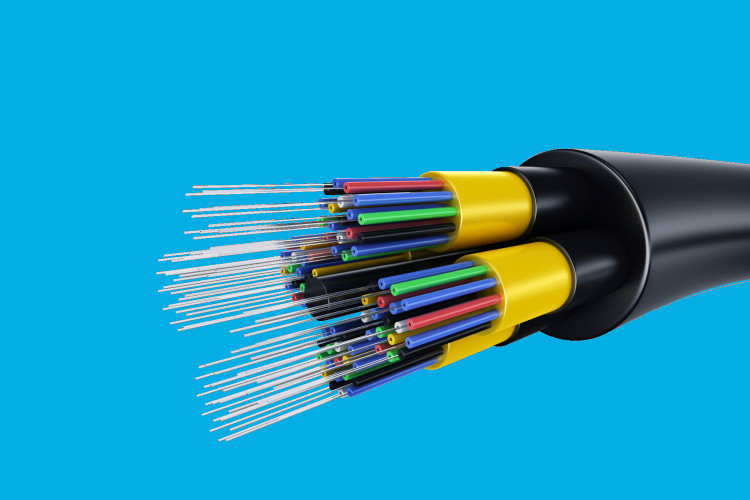During the initial years, data connections were established using copper wiring and data was transferred with the help of electricity. These days, telecommunications infrastructure prefers fiber optic cables as they transmit more data and use light instead of electricity. Moreover, they cause less loss as compared to metal wires when it comes to installing them over long distances. As fiber optic technology has gone beyond infrastructure usage and is being embraced for home usages, it is gaining a lot of popularity amongst consumers.

Even though there are limitations of these cables being expensive, they have become mandatory for businesses and home utilities that operate in volatile environments, need to communicate over long distances and use large amount of bandwidth. But before you purchase Fiber Optic Cables, you need to make certain considerations. Let us know in detail about what factors should be considered:
Decide the type
As the first step, you must decide what kind of fiber optic cabling do you need…Single mode or multimode. The type of mode depends on how the light beam travels inside the fiber cables. Now this is quite crucial as the two modes are not compatible to each other. One cannot be substituted for another.
With single mode patch cords, you will find limited varieties. In multimode you will find several types including OM1, OM2, and OM3. These cords have different attributes for bandwidth, speed and distance. The kind of fiber optic cable you use depends on the hardware inside them and the cords they can be connected to. If you want to cover large distances and want high bandwidth, single mode fiber optic cables are a good choice. Multimode fiber optic cables, on the other hand can be used for other purposes.
Fiber count
Different types of fiber optic cables can accommodate different bandwidth. Now this depends on the fiber count. The higher the fiber count, the higher bandwidth it allows for. Make sure you select a cable having a higher fiber count than what is required. So in case higher bandwidth is needed in the future, extra room can be made for it.
Type of Jacket
It is important to know about the type of Jacket you would need for the fiber optic cables. The jacket colours of fiber optic cables indicate the type of environment it can be used for. For eg, As pre-term fiber is used for different installation environments, it needs different types of jacket materials. The most standard jacket type is known as OFNR which is an abbreviation of Optical Fiber Non-conductive riser. You can also find patch cords with OFNP or plenum jackets which can be used for plenum environments like raised floors. Data centers and server rooms often need plenum-rated cables. Last but not the least, LSZH, which stands for Low Smoke Zero Halogen, is a jacket made out of compounds that emit very little smoke and no toxic compounds when burnt.
The internal construction
You should also consider the built of your fiber optic cable based on the purpose it is going to be used for. It is quite likely for you to find different types in fiber cables including tight pack, loose tube, break out and assembly. Make sure you conduct research about advantages and disadvantages of each so that you can decide which one to use.
In a nutshell
Fiber Optic cables are quite resistible to electrical interference. So you will never face issues like lesser speed and signal loss due to other electronics and competing signals. As these cables can transmit data for long distances without power loss, they work better for long distance networks as compared to conventional wires.
There are times when people tend to think twice before buying fiber optic cables because they are expensive and complicated. However, they are very crucial to hub applications having traditional Ethernet cables that run to individual devices. Applications like video production, 3D modeling etc can have a lot of advantages if they run fiber optic cables. Before buying fiber optic cables, you must consider the technologies you need. Even if you conduct a little research, you will be able to gain a lot out of fiber optic communications technology. If you find yourself stuck somewhere, you can always speak to the professionals of a trustworthy firm that is into the business of electronics.

